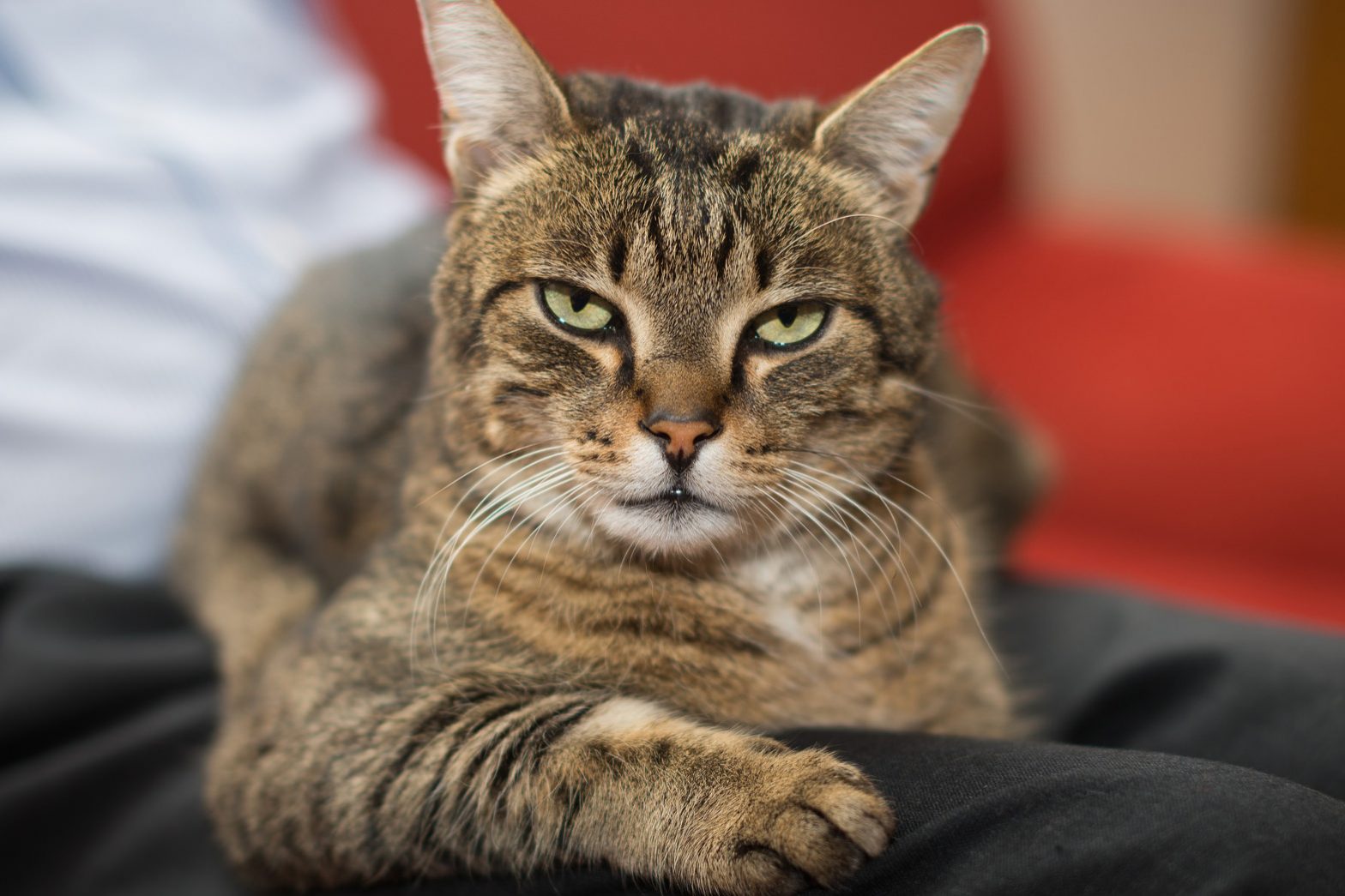Cats have a reputation for keeping themselves clean and many do. However, all cats benefit from regular grooming. Grooming serves several purposes: to help keep the coat clean and tidy, to detect injuries or illness and to strengthen the bond between owner and cat. The right tools and a laid-back approach will go far towards keeping your cat clean and healthy.
Why Groom a Cat?
Have you ever seen a mother cat with kittens? Grooming keeps the kittens clean and reinforces the bond between mother and kitten. Between people and pets, grooming has many benefits, which include:
- Removing loose and shed hair
- Preventing/reducing hairballs
- Detecting injury or illness
- Accustoming a cat to regular handling
- Providing valuable interaction between cat and owner
To learn more about why regular grooming is important, read our article about In-Between (Maintenance) Grooming.
Tools of the Trade
The right tools make grooming fast and much easier for both cat and owner. Different coat lengths require different tools. Short haired cats may only require a slicker brush to remove hair and a flea comb to check for parasites. Long haired cats may require several different combs and brushes.
Above is a suggested list of coat care tools you may want to investigate to help you keep grooming time short and sweet.
Introducing Cats to Grooming
If you are lucky, you will have a confident cat that accepts all manner of grooming. However, if you’re not – if you have a sensitive cat, a kitten, or a cat from an abusive background – you may find that grooming is a challenge.
The first thing to do is to accustom your cat to its grooming tools. Have them out when your cat is being fed, when you’re playing with her, when you’re petting her… whenever something good is happening, make your grooming tools part of it.
Less is more when introducing a cat or kitten to grooming. If your cat only tolerates brushing for a minute, great. Brush her for a minute, feed her a kitty treat and back off for a little while. Gradually, you can extend your cat’s tolerance for grooming if you approach it positively and respect your cat’s boundaries.
- Keep handling sessions short – even one minute is plenty for a sensitive cat or active kitten
- Offer plenty of treats, positive reinforcement and play during handling
- Avoid associating grooming with being forced to stay still.
- Feed your cat immediately after handling and grooming training
Coat Care
No matter what length of coat, all cats benefit from a thorough brushing. A slicker brush has bent wire bristles that catch dead hair and pull it from the coat. This can be enough for many short- and medium-haired cats, to prevent furballs and help with cleanliness
A coat conditioner spray can reduce static, encourage loose fur to come out and make small mats easier to detangle. If your cat does not approve of sprays, you can coat the comb or brush you are using and get it on the coat that way.
Brush in the direction of the coat to start. Once your cat is relaxed, you can take small sections of the coat and brush against the grain. Do this carefully, as not all cats like the sensation. Be gentle, especially with tools that have untipped wire bristles. Long- or thickly-furred cats can benefit from the lifting and separating action of a pin brush – a brush with straight wire bristles.

